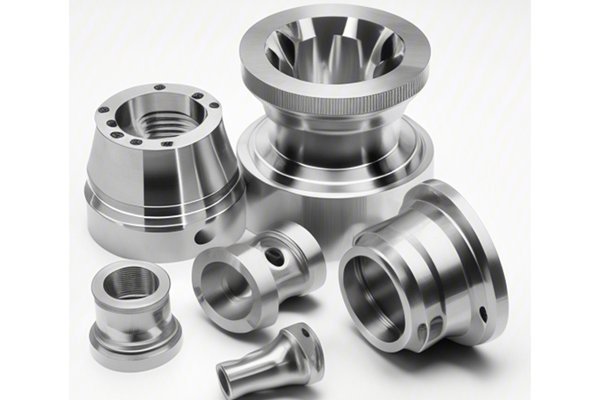Opening
Did you know that the choice of stainless steel can significantly affect the durability and lifespan of your components? In industries ranging from aerospace to pharmaceuticals, selecting the right type of material can be the difference between a long-lasting product and costly failures. Amongst the multitude of stainless steel varieties available, 2205 duplex stainless steel and 316 stainless steel are two common options. But what exactly separates these two alloys, particularly regarding their hardness?
In this comprehensive blog, we will take you on an in-depth exploration of the hardness differences between 2205 duplex stainless steel and 316 stainless steel, detailing their advantages, applications, and how to select the right material for your specific needs.
The Basics of Stainless Steel
Before diving into the specific hardness characteristics of these two stainless steel types, let’s understand what stainless steel is. Stainless steel is an iron alloy, primarily composed of chromium, which makes it resistant to corrosion. Other elements, such as nickel and molybdenum, can be added to enhance certain properties. The different combinations of these elements give rise to various grades of stainless steel, each designed to handle different environments and applications.
What is 2205 Duplex Stainless Steel?
2205 duplex stainless steel is a ferritic-austenitic (duplex) stainless steel known for its enhanced mechanical properties compared to traditional austenitic stainless steel grades. With a composition that typically includes:
2205 boasts a higher strength level than conventional stainless steels like
Hardness: The hardness of 2205 duplex stainless steel generally falls within the range of 290 to 400 HV (Vickers hardness).
What is 316 Stainless Steel?
316 stainless steel is a part of the austenitic family of stainless steels and has gained popularity for its excellent resistance to corrosion, particularly in marine environments. Its composition typically includes:
This blend of elements provides 316 stainless steel with a great balance of strength and toughness.
Hardness: The hardness of 316 stainless steel typically ranges from 150 to 300 HV, making it lower than 2205 duplex stainless steel.
A Comparative Analysis of Hardness
The key question arises: Why does the hardness difference between these two materials matter? Hardness is a critical property when selecting materials for applications under mechanical stress. It affects wear resistance, machinability, and the material’s ability to maintain its integrity under deformation.

Factors Affecting Hardness
Understanding the factors that influence the hardness of these stainless steels can assist in making an informed material choice:
Choosing the Right Material for Your Needs
When determining which stainless steel is best suited for your application, consider the following:
Real-World Applications
Understanding these properties through practical examples can provide clarity on why these distinctions are crucial.
In summation, recognizing the hardness differences between 2205 duplex stainless steel and 316 stainless steel is essential for engineers, manufacturers, and those in procurement roles. The hardness of these materials impacts their functionality, durability, and applicability in various industries, making it a crucial factor in material selection.
As you plan your next project, remember that the choice of material can significantly influence the operational efficiency and longevity of your components. By considering factors like the environment, mechanical stress, and budget constraints, you can make informed decisions that lead to better performance and reduced overall costs.
This blog not only provides insight into hardness differences but also underscores the importance of choosing the right stainless steel for your unique situation. It is vital to think critically about material selection to ensure your projects succeed in the long run.






